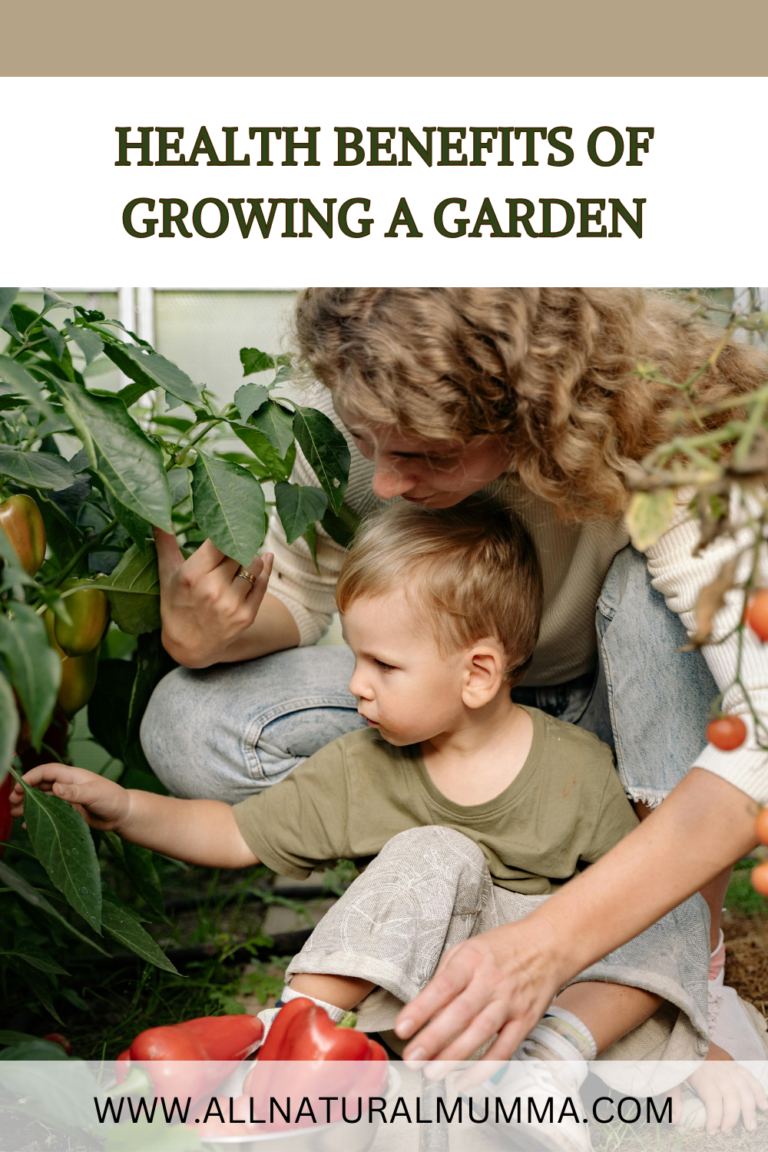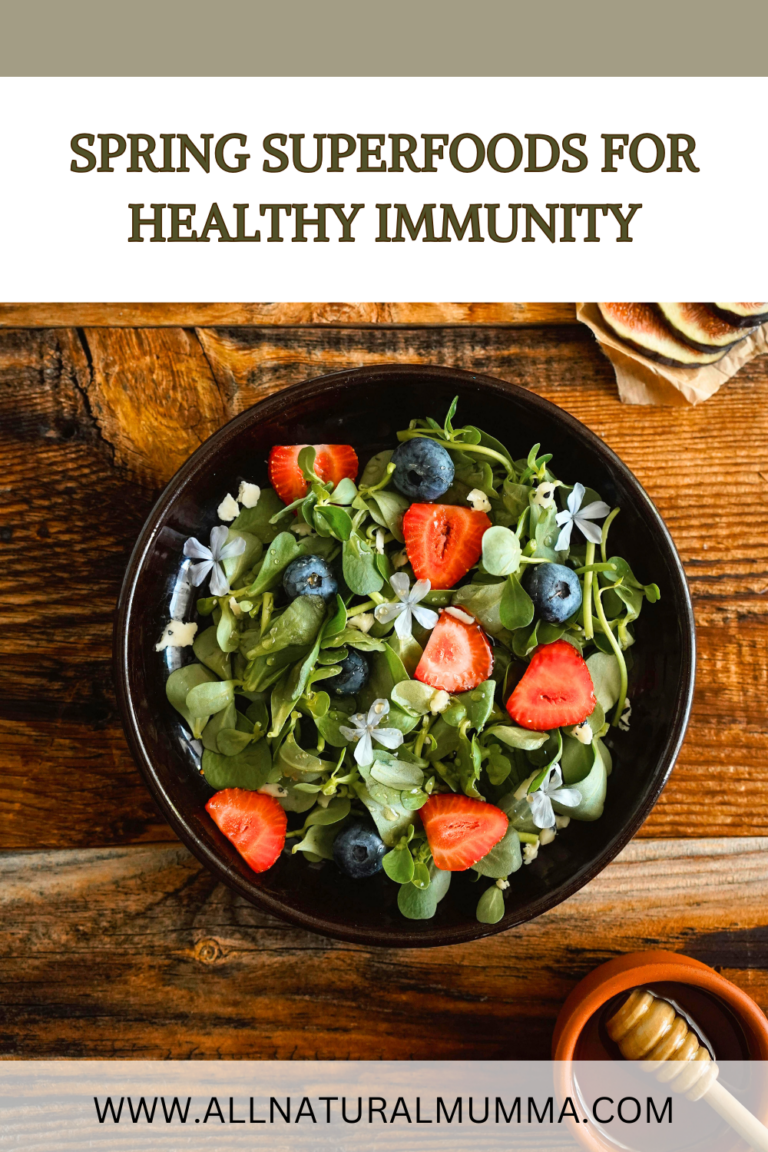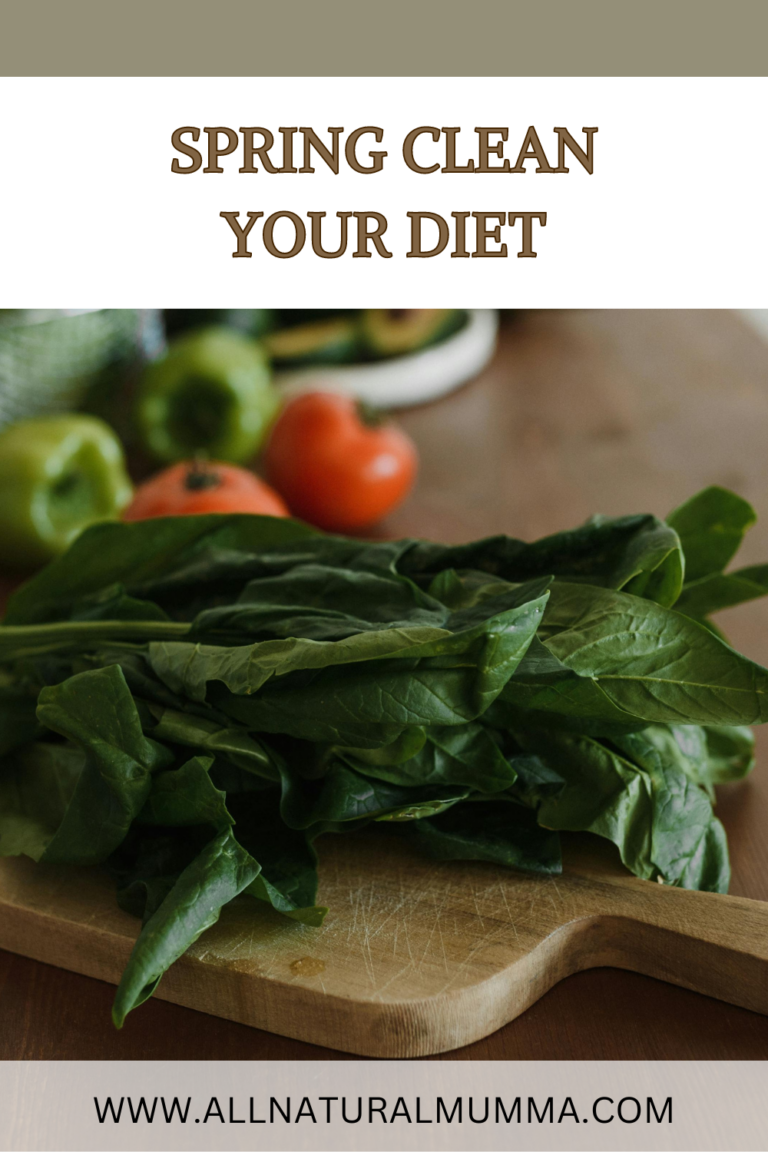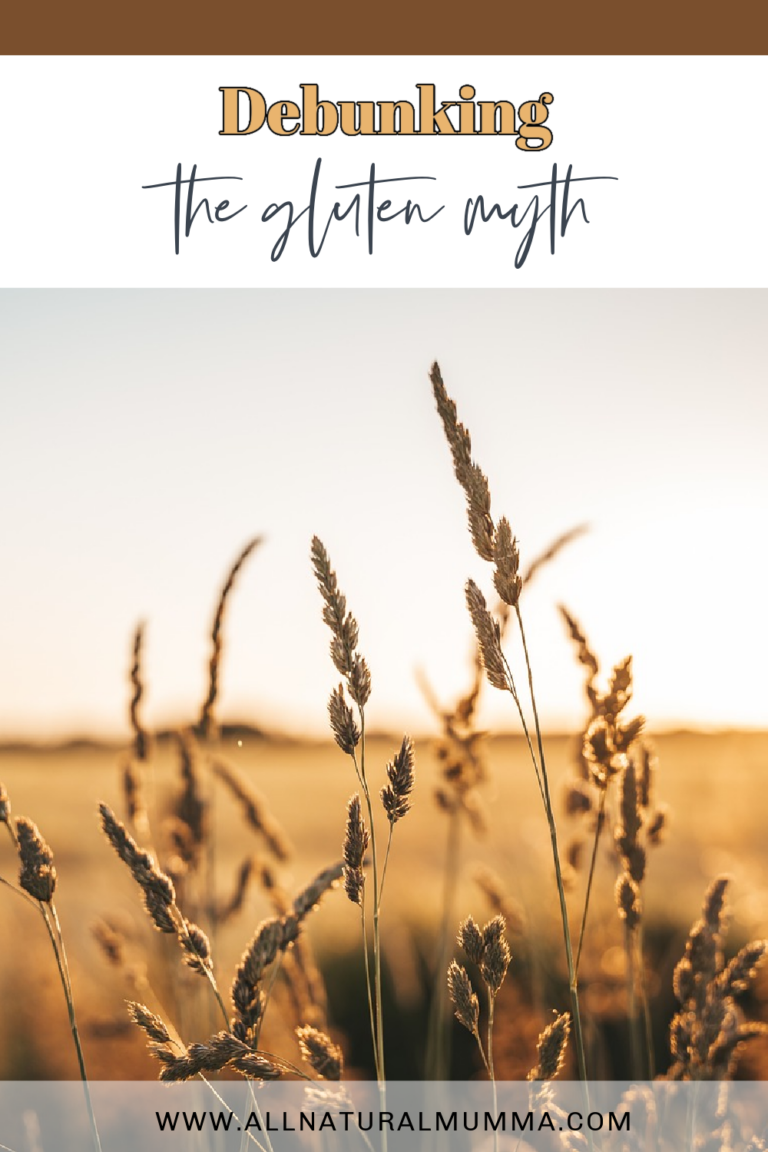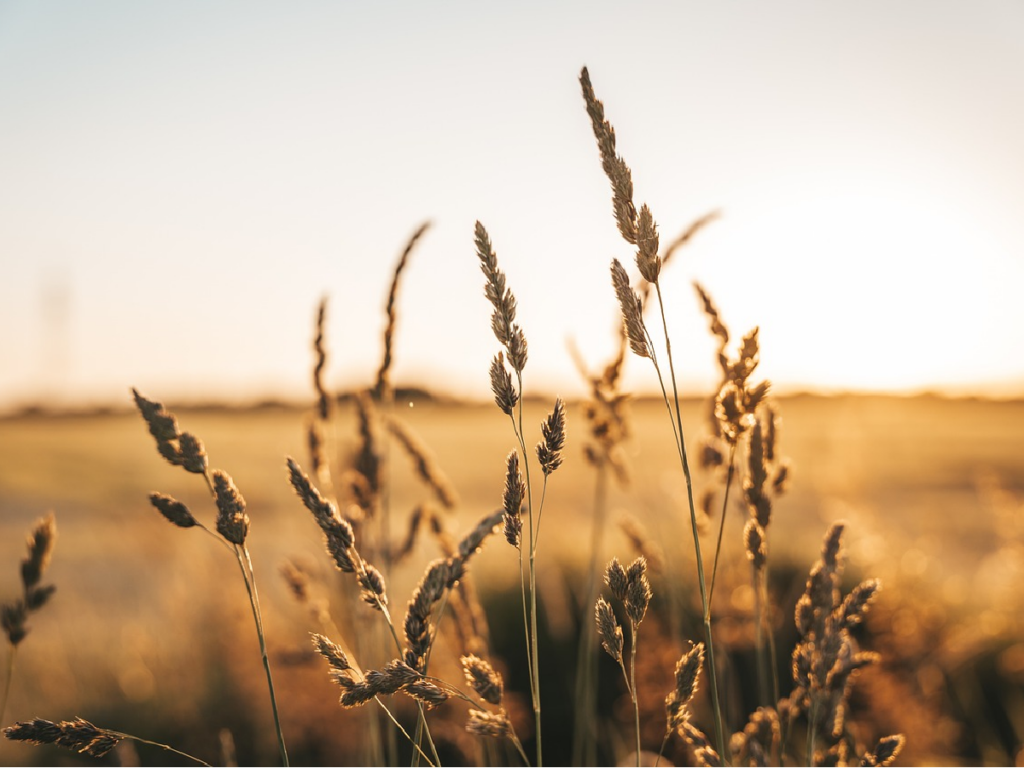The holidays are here, and with them comes an abundance of delicious treats—think Christmas cookies, creamy desserts, and rich, indulgent feasts. It’s all part of the festive fun! But if you’re like many of us, you may be wondering how to enjoy these tasty delights without overindulging and feeling sluggish afterward.
Don’t worry, I’ve got you covered with some mindful holiday eating tips that will let you savour every bite without the post-feast guilt!
FOCUS ON QUALITY, NOT QUANTITY
Instead of loading up your plate with every dessert in sight, choose your favourites. Select a few treats that you truly enjoy, and take the time to savour each bite. The key is quality, not quantity!
EAT SLOWLY AND MINDFULLY
How often do we scoff down food while distracted, without even really tasting it? During the holidays, try to eat slowly and mindfully. Put your fork down between bites, chew thoroughly, and pay attention to how the flavours unfold. This not only enhances your experience but also helps your body recognise when it’s full.
PRIORITISE BALANCED MEALS
Before heading into a holiday gathering, aim to have a balanced meal that includes protein, healthy fats, and fiber. This will keep you feeling satisfied and prevent overeating later on when those tempting treats come out!
HYDRATE, HYDRATE, HYDRATE
It’s easy to forget to drink water during the busy holiday season, but staying hydrated can help curb unnecessary cravings and ensure your body functions at its best. Aim for plenty of water and herbal teas, which are both soothing and good for digestion.
ENJOY YOUR FOOD, GUILT FREE
If you do indulge, remember this: It’s okay to enjoy the festive treats! The key is balance, not deprivation. Allow yourself to enjoy these special moments without guilt and remember that one indulgence doesn’t undo all the hard work you’ve put into your health.
GET MOVING AFTER A MEAL
After that delicious holiday meal, take a leisurely walk or stretch. Movement will help with digestion and prevent that sluggish feeling from settling in. Plus, it’s a great way to bond with family and friends!
The holidays are about joy, connection, and celebration—not stressing over every bite. With these mindful eating tips, you can enjoy the season’s treats and feel your best through it all.
Here’s to health, happiness, and mindful indulgence this Christmas!




